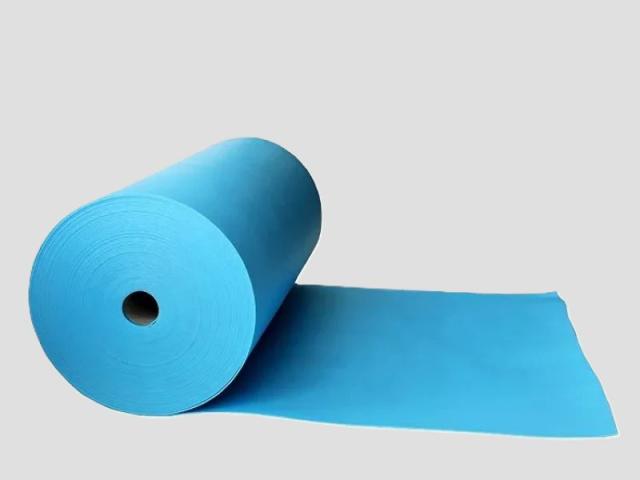Difference between XPE and IXPE materials
XPE (chemically cross-linked polyethylene foam) and IXPE (electronically radiated cross-linked polyethylene foam) are two common foaming materials widely used in construction, automotive, packaging, sports equipment and other fields. Although they both belong to polyethylene foam materials, there are some differences in manufacturing process, performance characteristics and application areas. The following is a detailed comparison of XPE and IXPE materials from various aspects.
Process
- XPE (chemically cross-linked polyethylene foam)
- Definition: XPE is a closed cell foam prepared by chemical cross-linking method.
- Manufacturing Process:
- A chemical cross-linking agent (e.g. peroxide) is used to initiate a cross-linking reaction between the polyethylene molecular chains at high temperature. ii.
- A blowing agent is added during the cross-linking process to expand the material to form a foam structure. iii.
- The whole process usually requires high temperature and pressure conditions.
- IXPE (electron-radiation cross-linked polyethylene foam)
- Definition: IXPE is a closed cell foam prepared by electron beam radiation cross-linking technology.
- Manufacturing Process:
- The polyethylene material is treated with electron beam radiation to cause cross-linking reaction of its molecular chains. ii.
- After radiation cross-linking, foaming is realized by heating the blowing agent. iii.
- No chemical cross-linking agent is required, which is a more environmentally friendly production method.
Advantages and Disadvantages
- Advantages of XPE
- Lower production cost, suitable for large-scale industrialized production.
- Mature technology, rich product variety and strong adaptability.
- It has certain flexibility and cushioning performance.
- Disadvantages of XPE
- The degree of crosslinking is low, resulting in relatively weak physical properties.
- Chemical cross-linking agent may be left, environmental protection is a little inferior.
- Surface quality is average, not suitable for high-end applications.
- Advantages of IXPE
- High cross-linking degree, stable and uniform material properties.
- Excellent environmental performance, in line with modern green manufacturing requirements.
- Smooth surface, suitable for high-end applications.
- Outstanding heat resistance, waterproof and anti-aging properties.
- Disadvantages of IXPE
- Complicated production process and high investment in equipment.
- Relatively high cost, higher price than XPE.
Applications
- Application of XPE
- Construction field: thermal insulation material, floor matting, roof waterproof layer, etc.
- Automobile industry: door sealing strip, interior filling material, sound insulation mat, etc.
- Packaging industry: electronic product packaging, buffer protection materials.
- Sports equipment: yoga mats, protective gear lining, etc.
- Application of IXPE
- Medical field: medical gaskets, operating room floor materials, health protection products.
- High-end packaging: precision instrument packaging, high-end electronic product protection.
- Construction field: high-grade building insulation materials, moisture-proof layer.
- Sporting goods: high-performance yoga mat, surfboard liner, etc.

